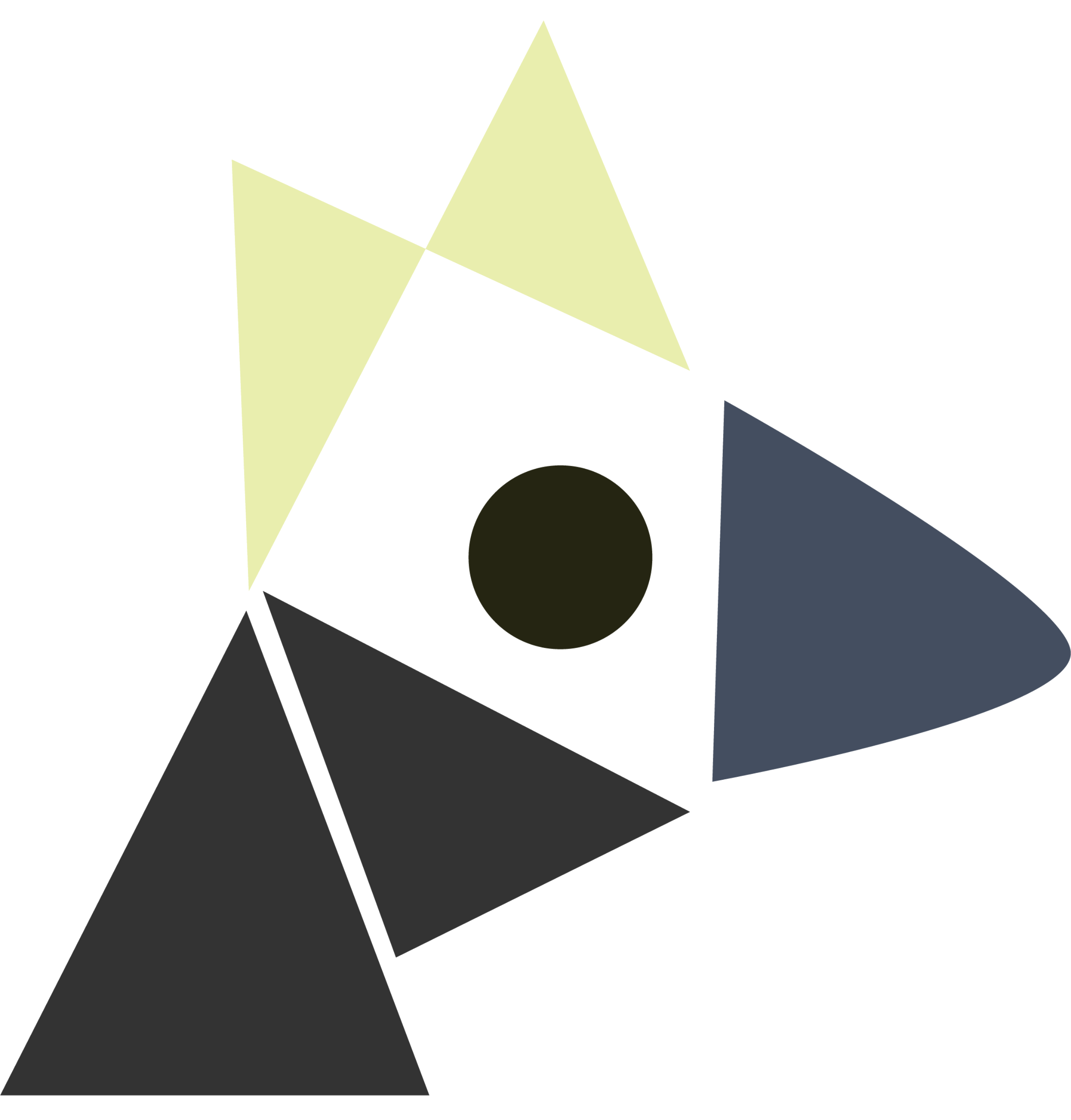UNSAT
Last edited: August 8, 2025\begin{equation} \text{UNSAT} = \qty {\phi : \text{all assignment make $\phi$ false}} \end{equation}
Equivalently, we have:
\begin{equation} \text{UNSAT} = \neg \text{SAT} \end{equation}
NP = coNP IFF UNSAT is in NP
\begin{equation} \text{NP} = \text{coNP} \Leftrightarrow \text{UNSAT} \in \text{NP} \end{equation}
\(\Rightarrow\)
Because \(\text{UNSAT} \in \text{coNP}\), and we hypothesize NP = coNP, so \(\text{UNSAT} \in \text{NP}\)
\(\Leftarrow\)
Suppose UNSAT in NP, we desire that \(\text{coNP} = NP\). Let \(L \in \text{coNP}\),so \(\neg L \in \text{NP}\), since SAT is NP-complete, we can write that \(L \leq_{p} \text{SAT}\). Equivalently, we have \(L \leq_{p} \neg \text{SAT} = \text{UNSAT}\). Since \(\text{UNSAT} \in \text{coNP}\), we have \(L \in \text{NP}\).
upper-triangular matrix
Last edited: August 8, 2025A matrix is upper-triangular if the entries below the diagonal are \(0\):
\begin{equation} \mqty(\lambda_{1} & & * \\ & \ddots & \\ 0 & & \lambda_{n}) \end{equation}
properties of upper-triangular matrix
Suppose \(T \in \mathcal{L}(V)\), and \(v_1 … v_{n}\) is a basis of \(V\). Then:
- the matrix of \(T\) w.r.t. \(v_1 … v_{n}\) is upper-triangular
- \(Tv_{j} \in span(v_1 \dots v_{j})\) for each \(v_{j}\)
- \(span(v_{1}, … v_{j})\) is invariant under \(T\) for each \(v_{j}\)
\(1 \implies 2\)
Recall that our matrix \(A=\mathcal{M}(T)\) is upper-triangular. So, for any \(v_{j}\) sent through \(A\), it will be multiplied to the $j$-th column vector of the matrix. Now, that $j$-th column has \(0\) for rows \(j+1 … n\), meaning that only through a linear combination of the first \(j\) vectors we can construct \(T v_{j}\). Hence, \(Tv_{j} \in span(v_1 … v_{j})\)
US WWII Propaganda
Last edited: August 8, 2025- Investment: Paid for 50% of war bonds
- Production: ships, tanks, airplanes, etc. — encourages production
- Conservation: 5% of the world’s population production, 50% of the world’s manufactured goods — rationing, grow goods, etc.
USAYPT
Last edited: August 8, 2025USAYPT or USIYPT is a physics research competition ran by Greg Jacobs.
2022
My own work doc for the 2022 Tuning Forks problem is here.
General Tips
- When in doubt, ask about error prop
- ANSWER THE RESEARCH QUESTION (elevator)
- Convey that you understand basics via presentation
- Have intuition regarding phenomenon
- Be able to explain every formula from first principles
- Order of magnitude and dimension analysis
- Have clear variance in parameters (what did you vary and why)
- What does the intercepts mean on graphs?
- “Don’t be obtuse”
- Connect to simple physics terms
- Explanations needs to be simple
- Engage discussion
User Experience
Last edited: August 8, 2025User Experience is the
